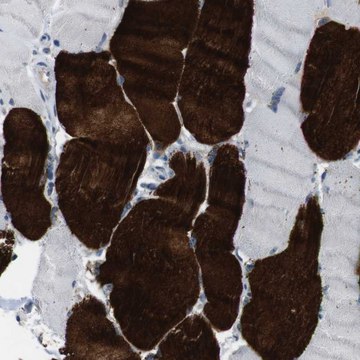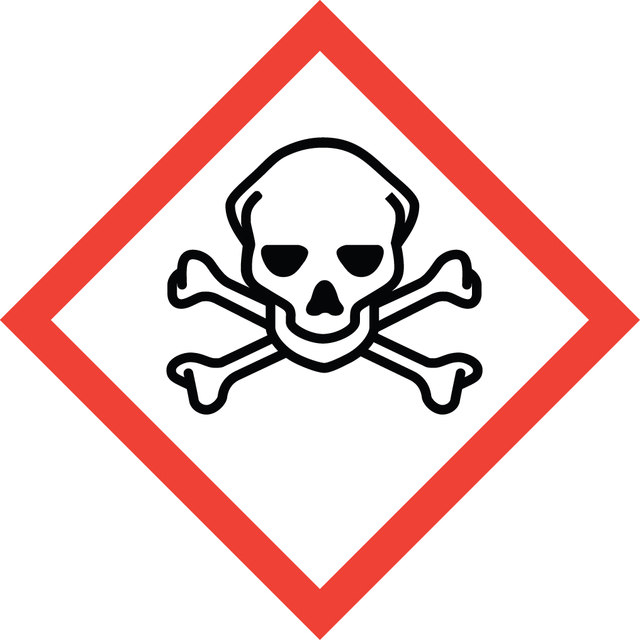M0194
Anti-Muscarinic Acetylcholine Receptor (M3) antibody produced in rabbit
affinity isolated antibody, lyophilized powder
Synonym(s):
Muscarinic Acetylcholine Receptor M3 Antibody, Muscarinic Acetylcholine Receptor M3 Antibody - Anti-Muscarinic Acetylcholine Receptor (M3) antibody produced in rabbit
About This Item
Recommended Products
1 of 4
This Item | M9808 | WH0001129M1 | HPA013172 |
|---|---|---|---|
| Quality Level 200 | Quality Level 200 | Quality Level 100 | Quality Level 100 |
| biological source rabbit | biological source rabbit | biological source mouse | biological source rabbit |
| antibody form affinity isolated antibody | antibody form affinity isolated antibody | antibody form purified immunoglobulin | antibody form affinity isolated antibody |
| conjugate unconjugated | conjugate unconjugated | conjugate unconjugated | conjugate unconjugated |
| shipped in dry ice | shipped in - | shipped in dry ice | shipped in wet ice |
| clone polyclonal | clone polyclonal | clone 4B5, monoclonal | clone polyclonal |
General description
Specificity
Immunogen
Application
Biochem/physiol Actions
Physical form
Disclaimer
Not finding the right product?
Try our Product Selector Tool.
signalword
Danger
hcodes
Hazard Classifications
Acute Tox. 3 Dermal - Acute Tox. 4 Inhalation - Acute Tox. 4 Oral - Aquatic Chronic 3
Storage Class
6.1C - Combustible acute toxic Cat.3 / toxic compounds or compounds which causing chronic effects
wgk_germany
WGK 3
flash_point_f
Not applicable
flash_point_c
Not applicable
Choose from one of the most recent versions:
Already Own This Product?
Find documentation for the products that you have recently purchased in the Document Library.
Our team of scientists has experience in all areas of research including Life Science, Material Science, Chemical Synthesis, Chromatography, Analytical and many others.
Contact Technical Service













